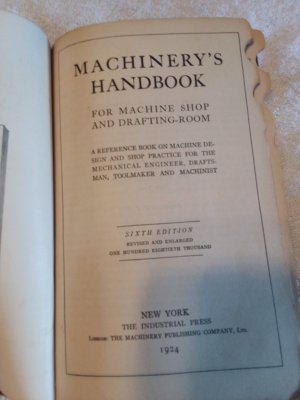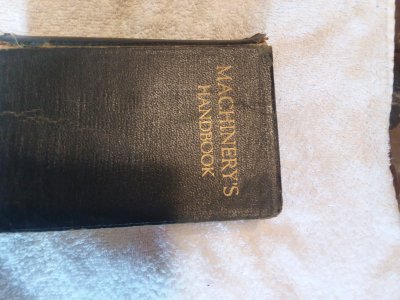- Joined
- Jun 26, 2018
- Messages
- 1,733
Mine is 30th edition...Ironically, I want an old version print version.
I am looking at the Shars thread micrometer, it does cover about anything I might need. Feel like that's taking the easy way out, but not much wrong about that i suppose. THOUGH that have the manual version and the digital version..going digital as it is a MUCH easier and faster way to go as well. Here's too lazy! HAZAA!
I am looking at the Shars thread micrometer, it does cover about anything I might need. Feel like that's taking the easy way out, but not much wrong about that i suppose. THOUGH that have the manual version and the digital version..going digital as it is a MUCH easier and faster way to go as well. Here's too lazy! HAZAA!



